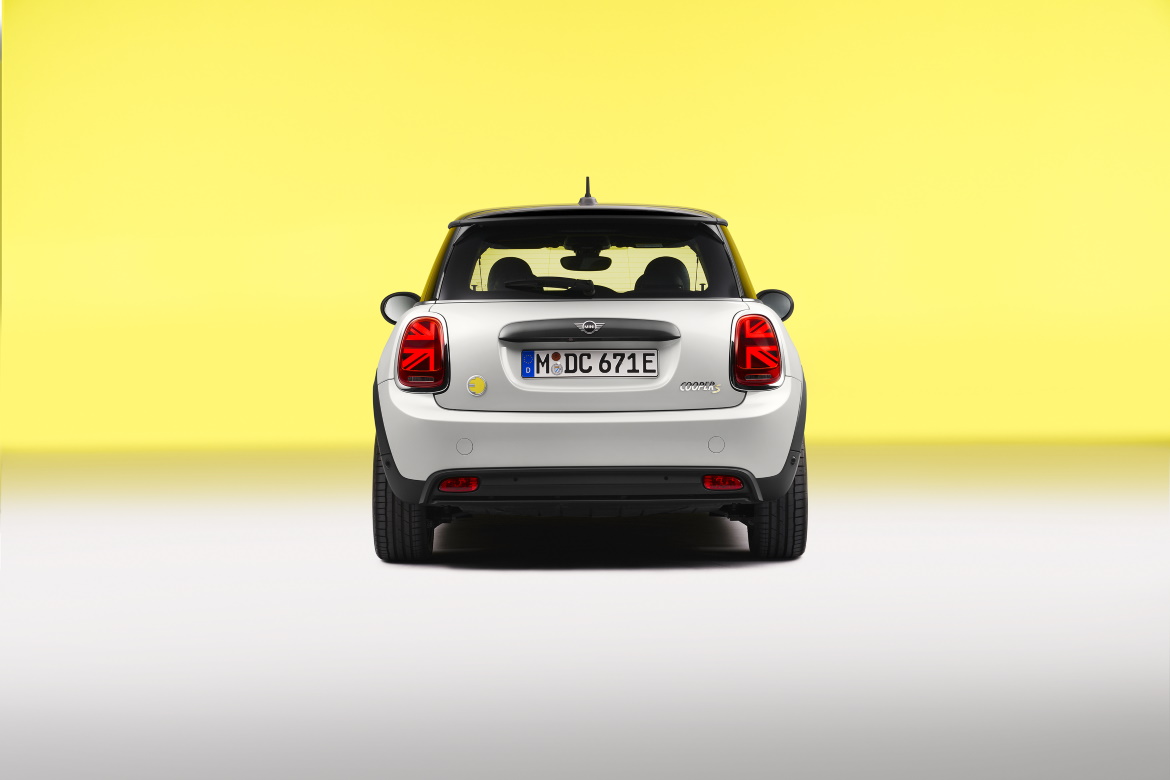The Mini Cooper SE has recently arrived on our streets, but what you don’t see at first glance is that its design is now also something you can feel. Mini Design Manager Oliver Heilmer and Renzo Vitale, Sound Designer of the BMW Group, give some hints about the style of this electric car and everything that comes with it in terms of sound. Our conversation is about the attention to detail, the sound of the Mini, the interaction between information and sensations and how an automotive design icon sees its future.
Oliver Heilmer, the first Mini is an iconic model. What was it like to carry on a similar project in the electric era?
“The fascination of a mission lies in the scale of the challenge. Updating such an iconic design is no easy task. The stronger an icon is – and Mini has a great tradition – the greater the importance not only of innovation but also of stylistic continuity. So it’s a question of blurring the intersection, integrating history and novelty; the car is equally identifiable as a Mini and yet it’s an electric car.
Renzo Vitale, you are a musician, a composer and an electronic engineer. What was the main challenge in sound development for the Cooper SE?
“The sound that a vehicle produces should arouse emotions and at the same time convey information. For many people, the sound of a combustion engine evokes strong emotions. But it was clear from the start that it made no sense to simulate the notes of that engine in the electric Mini. It’s a new design, there’s no gearbox and when the driver accelerates, he has all the energy of the electric system immediately at his disposal. The emotion is also produced by that metallic sound of the electric motor. The content of the sounds I create and my main sources of inspiration come from the design. For this car, for example, I translated into sound the visual impressions created by the design of the rims and the yellow accents we find scattered around the car.
Oliver Heilmer, what stylistic details are specific to this model?
The Mini Cooper SE has a largely hidden front grille. As you know, an electric vehicle does not need the same amount of air for cooling as a combustion engine. That’s why the grille of the car has only a thin horizontal slot, the rest is closed and finished in a modern and contrasting grey colour. The electric drive system and the resulting feeling of modernity are clearly reflected inside the car by elements such as the digital instrument panel. We also clearly wanted to go in a new direction with the design of the wheels, which are asymmetrical and give the impression of being almost static in appearance.
Oliver Heilmer, has electrification opened up a new approach to design? Or even a new kind of emotions?
Definitely. The overall experience is totalizing. Electrification gives us the starting point to think things in a fundamentally different way and not only in an aesthetic sense. To put it simplistically, it allows us to explore new worlds. What we try to do by looking ahead is to bring the sensory interaction of various design elements, such as the style, sound or smell of a vehicle, into our Mini in a coherent way.
Renzo Vitale, in which direction is the Mini design moving? Will we end up seeing a smartphone on wheels, dressed with an inconspicuous and recognizable bodywork?
We’re making a lot of progress. It is conceivable, for example, that the Mini will be able to perceive the driver’s mood and thus respond with the right sound. It will then be able to make a better moment through the use of notes. The vehicle will then be able to express itself according to the emotions that are felt by the occupants and will participate in their joy perhaps by transmitting a specific piece of music. In this way the driver will no longer feel lonely even when travelling alone.
















